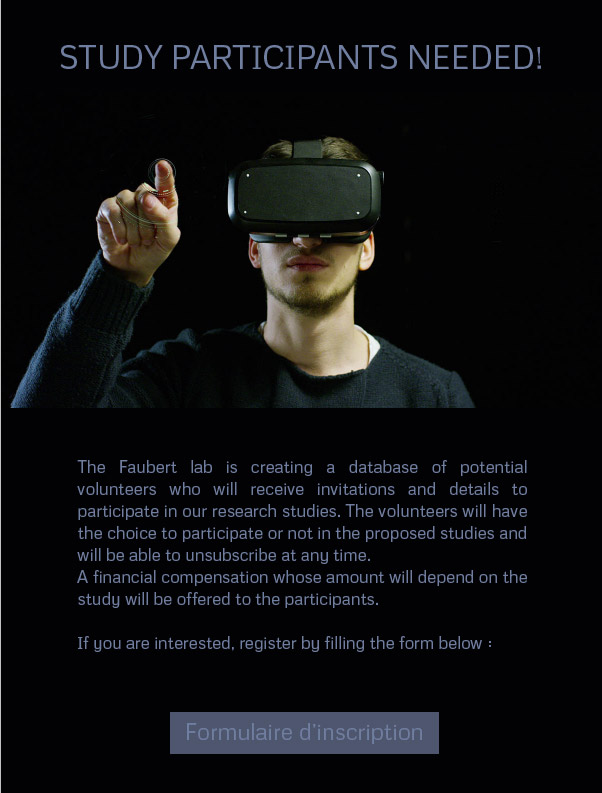Visual perception
Human perception (from Latin: percepio, from percipere; to perceive) is the bridge that links our sensations and consciousness (ego) to the real world (reality). This bridge is built trough the multisensory integration process that our nervous system performs with all the signals generated by our senses. In Ancient Greece, philosophers were curious to discover the correspondence between ‘reality’ and our mental image of the world (‘our’ world). Plato called ‘’phantasma’’ (phantom) our mental image of a real thing (in front of us) as perceived and distorted by our senses.

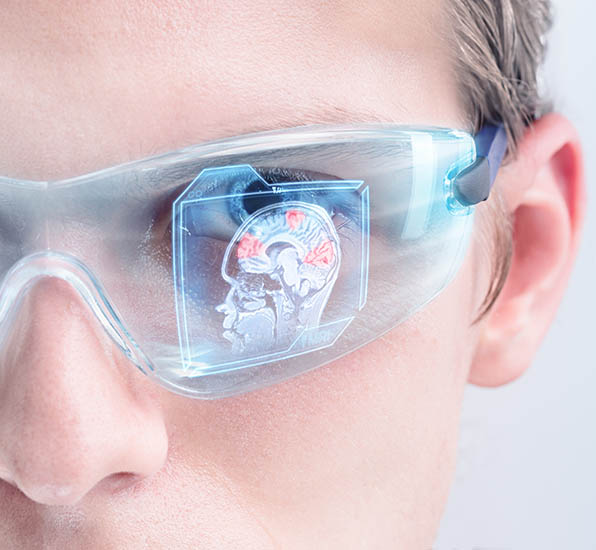
Perceptual-cognitive training
The laboratory has developed a perceptual-cognitive training system called Neurotracker which is now distributed by the Canadian company, CogniSens Athletics Inc. The exercise immerses the user in a virtual 3D environment, where he follows the movement of target objects.
This system allows to improve the capacity of attention and to develop executive functions by answering 4 requirements …
Multisensory function
Multisensory integration (MI) is a non-linear process that binds information from multiple sensory stimuli. MI is a complex process in which our brain binds the different sensory stimuli that contribute to create a unified perception of the real world beyond our perceptual limitations.
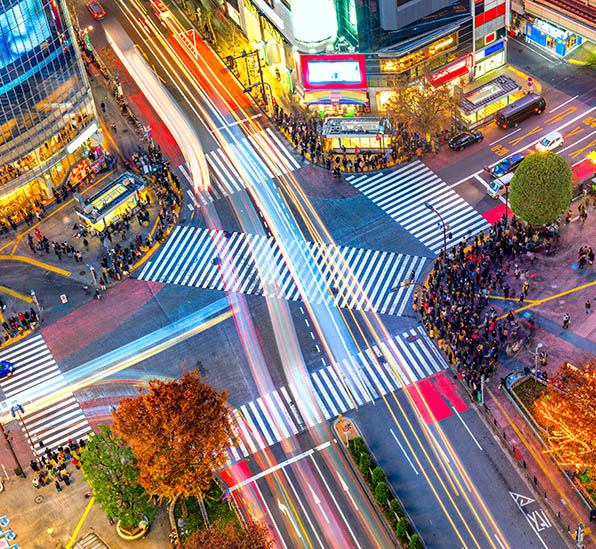

Complex dynamics
Periphery and central systems including their various interacting regions produce complex behaviors, which are the foundation of Multisensory Integration consequently forming our perception.
Interactions of photons with materials and biological tissues are complex. For instance, electronic and photonic interactions in crystals are the result of the collective behavior of basic atomic or molecular units.
Driving
Driving a car is a complex activity that solicits attentional capacity and the ability to react quickly to different situations. Given that driving represents the most widely used form of transportation among adults in numerous countries and that the demographic shift implies an ever-growing proportion of older drivers, it is essential to understand the factors involved in decreased driving performance associated with aging in order to propose methods to combat them.
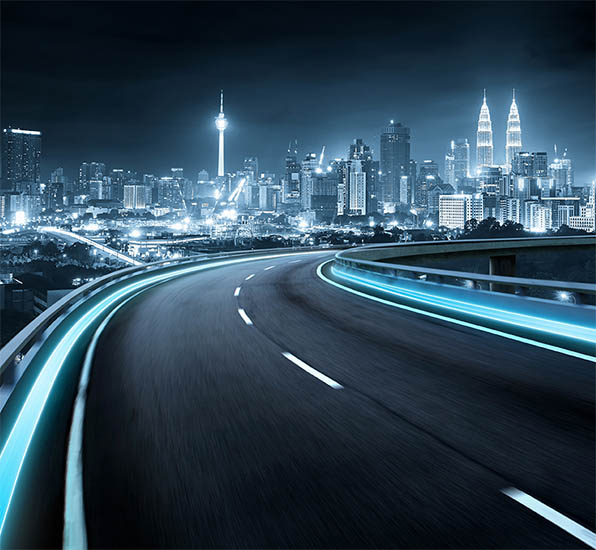
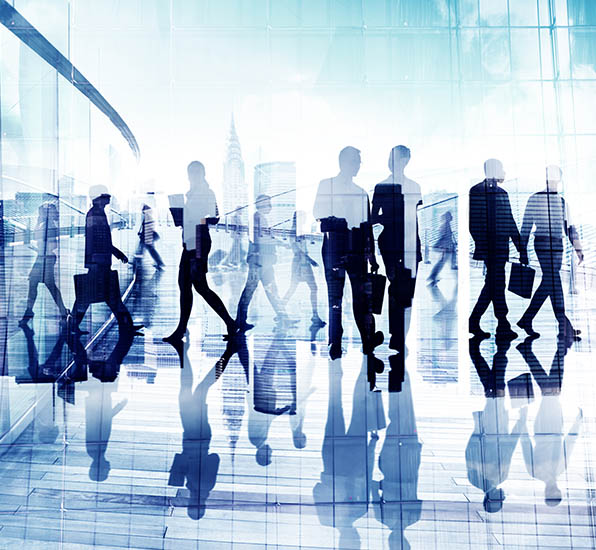
Motion perception
When we move about in the world, the patterns of light falling onto our retinae change constantly due to our self-motion, the movement of our eyes, and the movements of objects around us. Researchers in the lab are interested in understanding how the brain extracts and processes different types of motion information, such as the motion caused by our own movements (‘optic flow), the motion of moving objects, and also the motion of other people.
Postural stability
Postural control is a process that involves three systems: visual, vestibular and somatosensory. Postural stability is essential in order to accurately perform an action. Our research focuses on the mechanisms involved in its disruption, whether related to ageing, trauma or neurological pathologies,…




